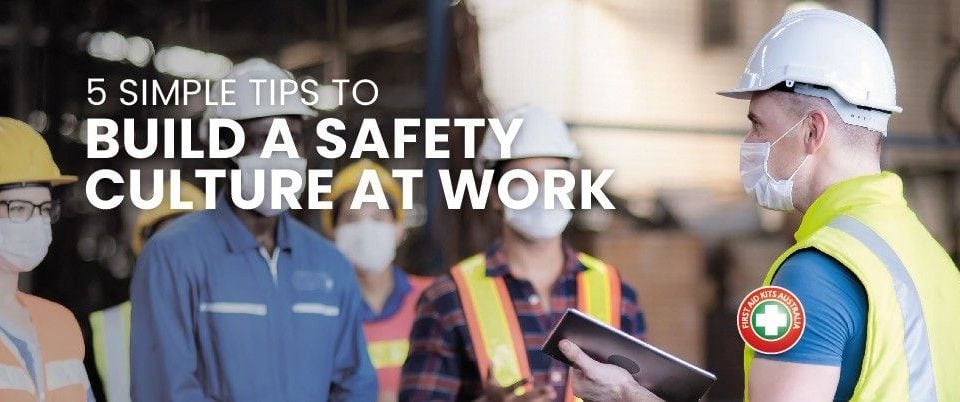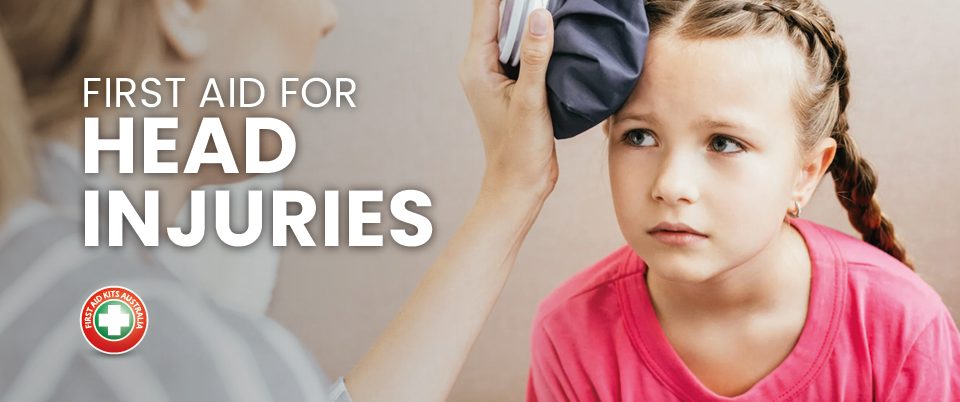
Back to School Sale
6 January 2020
Get to cover! 5 Tips to avoid Heat Stroke
9 January 2020Getting out on the water is a highlight of the Aussie summer. Feel the sun and wind, breath in the fresh sea air; it doesn’t get much better!
Whether boating, sailing, jet-skiing, fishing, kayaking, accidents can happen; even during the holidays. So, don’t be caught at sea without a suitable first aid kit… be prepared!
When it comes to Marine First Aid Kits there are numerous options. It’s easy to get a little intimidated when trying to choose the right one. Which one is the right one for me? Should I choose according to specific criteria? Will it be enough? Will it be too much?
Below are 4 important points to consider:
- Consider the TYPE OF VESSEL and prepare for the NUMBER OF PEOPLE you’re going to have in it:
- The K403G Scale Marine First Aid Kit can provide help for up to 10 people and allows you to wait approximately two hours until help arrives. It provides assistance for small groups who may suffer minor injuries and meets minimum requirements for Australian Maritime Safety Authority (AMSA) Class G First Aid Kits (if purchased with the Class G Medicine Pack).It provides assistance with: Wounds, Grazes, Abrasions, Scratches, Cuts, Splinters, Punctures, Strains, Sprains, Tears, Bruises, Dislocations, Fractures, Scalds, Burns, Eye Injuries, Stings, Bites, Exposure to Cold or Heat.
- The K1010 F Scale Marine First Aid Kit is for vessels that operate in a variety of water (from smooth water to offshore conditions), such as motor yachts, ships, trawlers, game boats, dive boats, and sailboats. It supports up to ten people.
It provides assistance with: Wounds, Grazes, Abrasions, Scratches, Cuts, Splinters, Punctures, Strains, Sprains, Tears, Bruises, Dislocations, Fractures, Scalds, Burns, Eye Injuries, Stings, Bites, Exposure to Cold or Heat.
2. Consider WHERE are you going, and HOW LONG it will take to get to help if needed
As a general rule: the further away from medical facilities, the more equipped your kit should be.
- For Offshore and Restricted Offshore operations, with unberthed passenger, non-passengers or fishing you need to get a K1010F First Aid Kit.
- For Partially Smooth Water and Smooth Water operations with unberthed passengers, non-passengers or fishing you will need a K403G First Aid Kit
- For a Berthed Passengers in Offshore operations, you need a K1010F First Aid Kit
- For Hire or Dive Vessel operating Offshore get the K403G, for Restricted Offshore Operations the K3030M, for Partially Smooth Water the K2030M and for Smooth Water Operations the K1030
3. Consider the TYPES OF ACTIVITIES you will be undertaking, such as diving, water skiing, surfing, etc, and the risks they involve. Common risks among Boating and Water-sports related activities include:
- Hypothermia
- Heat Exhaustion
- Common Injuries (falls, strains, sprains, hits)
- Cut or entangled by rope
- Head Injuries
- Blown Offshore or Deviated from Designated Sailing Area
4. Consider a DEFIBRILLATOR (AED)
We recommend to seriously consider having an automated AED for your vessel. Sudden cardiac arrest can strike anyone, anywhere at any time, and defibrillation within the first five minutes it’s critical.
Contact us for help choosing a Marine First Aid Kit!
Getting the right first aid kits for boating can be tricky. Feel free to give us a call!
For more information on buying and restocking your First Aid Kits visit our website!





